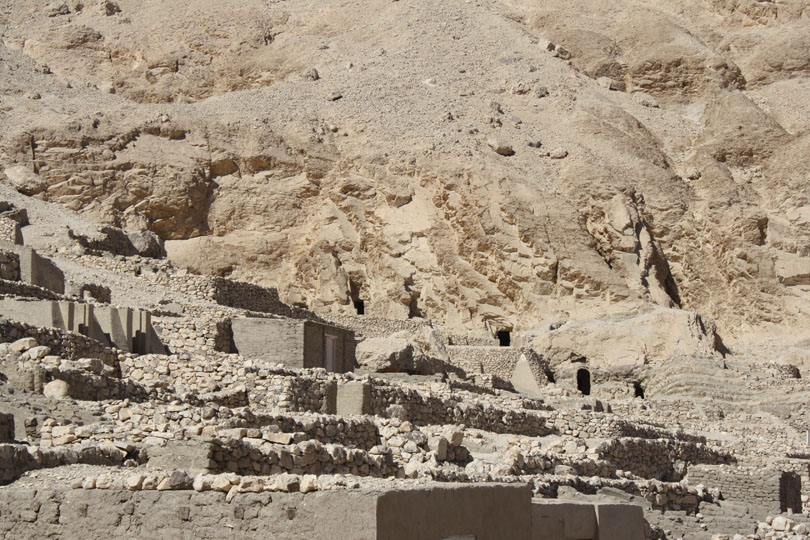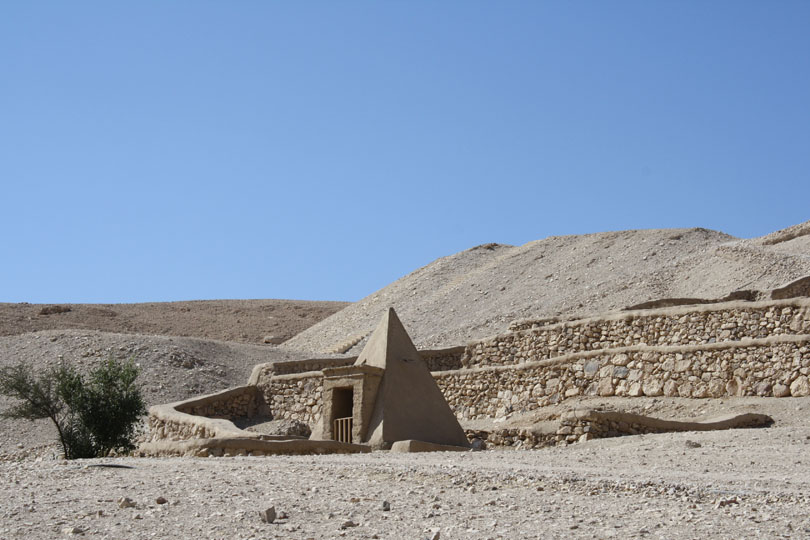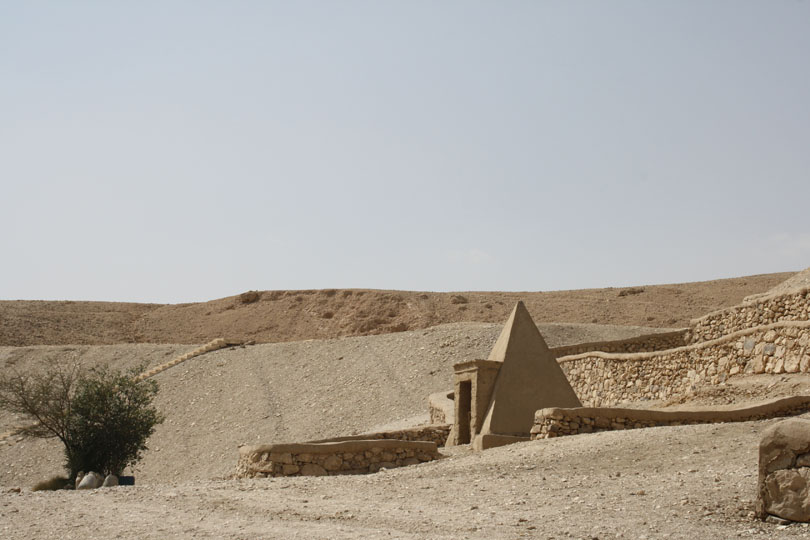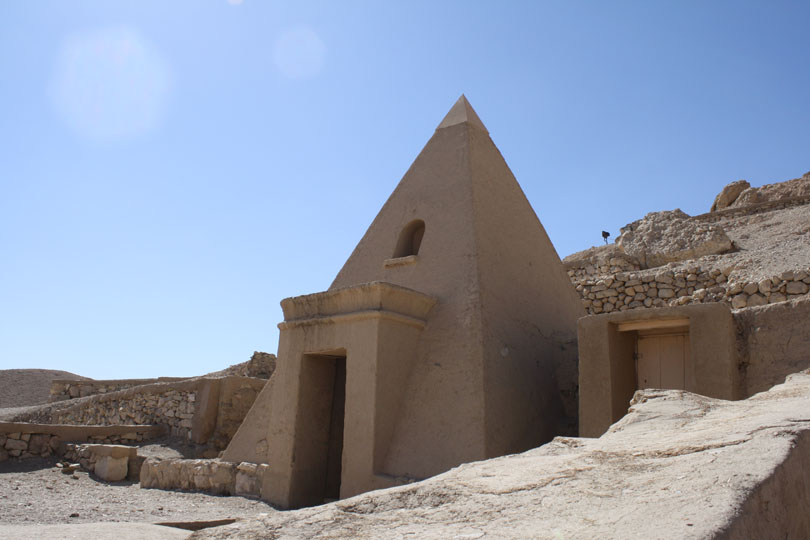One thing I always try to make time for when I visit Egypt is a boat ride on the Nile at Aswan. Many Nile cruise itineraries either begin or end at Aswan, so I’d recommend Continue reading “On the Nile Near Aswan, Egypt”
Tag: Deir
Luxor, Egypt: The Pyramids of Deir el-Medina (Valley of the Workers)
Nearly everybody has heard of the 3 great Pyramids of Giza. In fact, the Great Pyramid of Giza was one of the 7 wonders of the ancient world. Many have also heard about the pyramids just south of Giza: the Bent Pyramid, the Step Pyramid, and the Red Pyramid. But comparatively few have heard of the pyramids in Deir el-Medina, the Valley of the Workers. There are 3 there, each marking a tomb. In the past, there were more such pyramids, but they have not survived through the ages.
Deir el-Medina is near Luxor, on the West Bank near the Valley of the Kings. Some people call it the Workers Village, the Valley of the Workers, or the Valley of the Artisans. Archaeologists estimate that this community was active between 1550 and 1080 BCE.

After seeing the grandeur of the Valley of the Kings and the temples, Deir el-Medina offers an entirely different perspective on life in Pharaonic times because of the insight it gives into how regular people lived, as opposed to the kings and nobles. It is unique in that there is no other archaeological site that provides such extensive information to scholars about the daily life of ancient society, including living conditions, social interactions, and community life.
Deir el-Medina was a village where the people who built the famous tombs and temples on Luxor’s West Bank lived. These were the people who carved the great columns out of rock, created the bas-relief art work on temple walls, painted the tomb ceilings and walls, carved the alabaster canopic jars and other treasures for the tombs, and more. Many historians believe that Deir el-Medina was founded by the Pharaoh Amenhotep I and his mother, Ahmose-Nefertari. Today, the village has been awarded status as a UNESCO World Heritage Site.

Today, it is possible to visit the site and see what remains of the homes. An experienced guide can point out which room was probably the kitchen (based on remains of cooking fires and food found there), which was probably the toilet, etc.
These pyramids are small, maybe about 10 feet tall, at most. It is possible to walk up close to them, but not to go inside.
How I Learned About Valley of the Workers
I originally discovered the Valley of the Workers in 2004. Our tour guide, Mohamed, had just taken us through the Valley of the Kings, and we had been impressed with the magnificence of the tombs there. He then gave us a choice: whether to see Valley of the Queens (which was the activity that had been pre-planned for us), or whether to make a change and visit Valley of the Workers.
Mohamed explained that the only tomb at Valley of the Queens which approached the grandeur of the Valley of the Kings we’d already seen was that of Nefertari, and that one was closed to the public due to its fragile condition. He said that the tombs at Valley of the Queens that were open to the public were all smaller, less elaborate versions of what we had seen at Valley of the Kings.

Our group decided to make the change he suggested, and go to Valley of the Workers. I’m glad we did, because it was entirely different from Valley of the Kings, and gave us fascinating insight into the lives of the people who built the temples and tombs.
